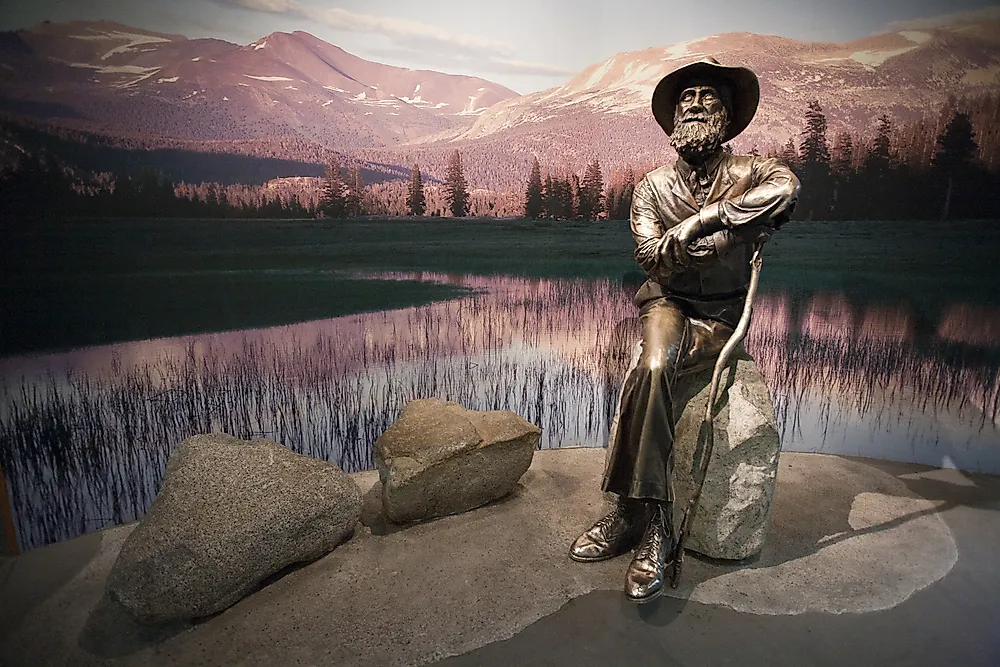Unveiling Europe’s Geography: The Highs, Lows, and Everything In Between
Europe: A Geographical Overview
Europe is a diverse and fascinating continent with a rich tapestry of landscapes, waters, and geographical features. Let’s explore the physical aspects of Europe, including its oceans, seas, mountains, lakes, islands, and more.
Oceans and Seas
A number of significant bodies of water encircle Europe. To the west, it is surrounded by the Atlantic Ocean, which plays a crucial role in the continent’s climate and trade.
To the north, the Arctic Ocean meets Europe, especially touching countries like Norway and Russia. The North Sea and the Baltic Sea are located to the northwest and northeast, respectively, providing important routes for shipping and fishing.
The Mediterranean Sea lies to the south of Europe, separating the continent from Africa. This sea is known for its warm climate and is surrounded by many countries, making it a popular destination for tourists. The Adriatic Sea, Aegean Sea, and Tyrrhenian Sea are smaller parts of the Mediterranean that also contribute to the rich maritime culture of Southern Europe.
Highest and Lowest Points
The highest point in Europe is Mount Elbrus, located in the Caucasus Mountains of Russia. Standing at 5,642 meters (18,510 feet) above sea level, it is a popular destination for climbers and adventurers.
On the other end of the scale, the lowest point in Europe is the Caspian Sea, which is technically a lake, but often classified as the lowest point due to its below-sea-level elevation of about 28 meters (92 feet). This unique body of water is bordered by several countries, including Russia, Kazakhstan, and Iran.
Straits
Europe features several important straits that connect different bodies of water. The Strait of Gibraltar is perhaps the most famous, as it separates Europe from Africa and connects the Atlantic Ocean to the Mediterranean Sea. This strait has been a critical passage for sailors and traders throughout history.
Another significant strait is the Bosporus, located in Turkey. It connects the Black Sea to the Sea of Marmara and divides the city of Istanbul into European and Asian parts.
Lakes
Europe is home to many beautiful lakes. One of the largest is Lake Ladoga in Russia, which covers an area of about 908 square kilometers (350 square miles). It is renowned for both its varied biodiversity and scenic appeal.
Lake Balaton in Hungary is the largest lake in Central Europe and is a popular holiday destination. It is often called the “Hungarian Sea” due to its size and importance to local tourism.
Islands
Europe has numerous islands, each with its own unique charm. Great Britain, which includes England, Scotland, and Wales, is one of the largest islands in the world. It is surrounded by the Atlantic Ocean and the North Sea.
Other notable islands include Iceland, known for its stunning landscapes and geothermal activity, and the Greek islands, which are famous for their beautiful beaches and rich history. Sardinia and Sicily, located in the Mediterranean, are also significant for their culture and tourism.
Important Gulfs and Bays
Europe’s coastline features many important gulfs and bays. The Gulf of Bothnia, located between Sweden and Finland, is the northernmost arm of the Baltic Sea and is vital for shipping and fishing.
The Bay of Biscay, on the western coast of France and Spain, is known for its rough waters and significant fishing industry. It plays an essential role in maritime activities and weather patterns in the region.
The Gulf of Lyon, located in the Mediterranean Sea near France, is another significant area for shipping and tourism, known for its beautiful coastal cities.
Startling Facts About Health Supplements | Maya (mayathevoice.com)
Final words:
Europe’s geography is incredibly diverse, encompassing towering mountains, serene lakes, bustling seas, and rich islands. These physical features not only shape the continent’s landscape but also influence its climate, culture, and economies. From the icy peaks of the Caucasus to the warm waters of the Mediterranean, Europe offers a stunning array of natural wonders that continue to captivate travelers and locals alike.





Mangaclash I am truly thankful to the owner of this web site who has shared this fantastic piece of writing at at this place.